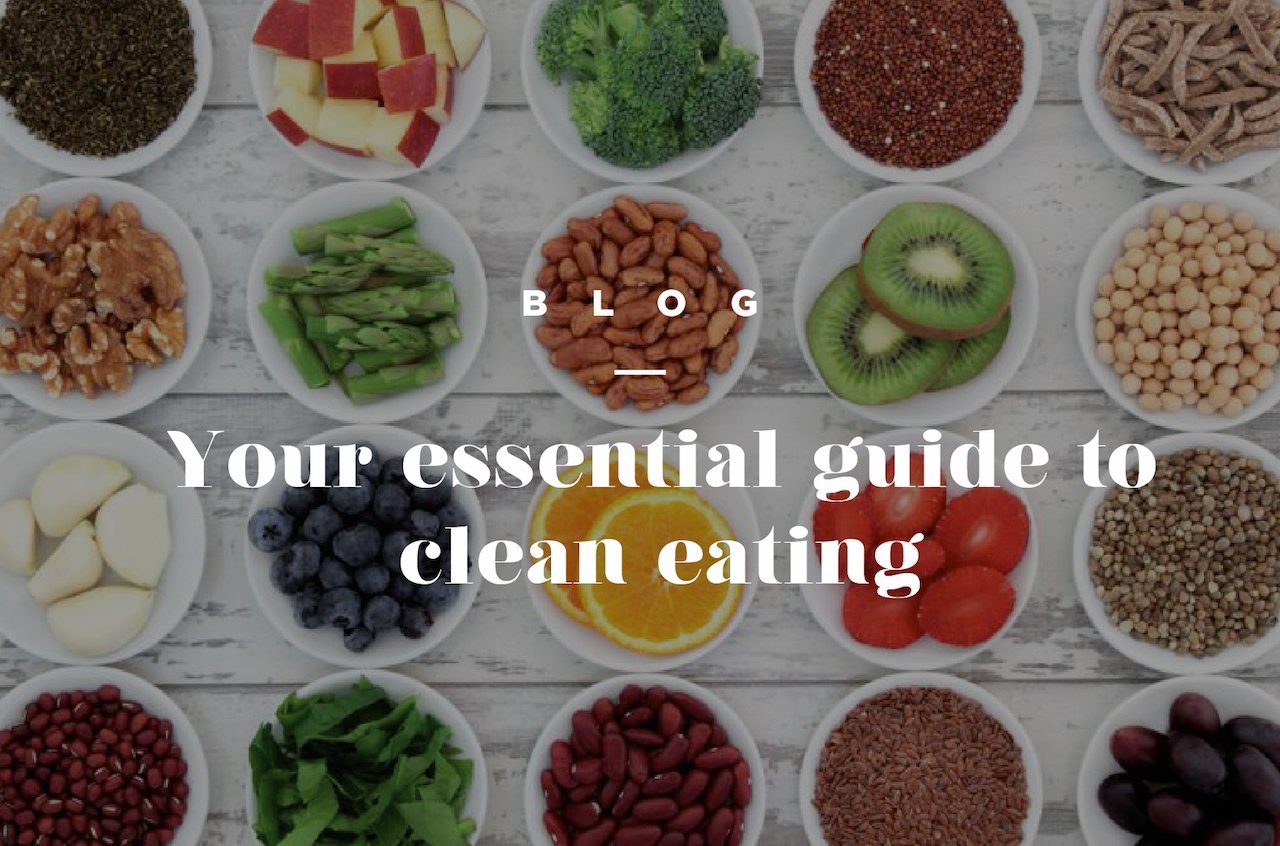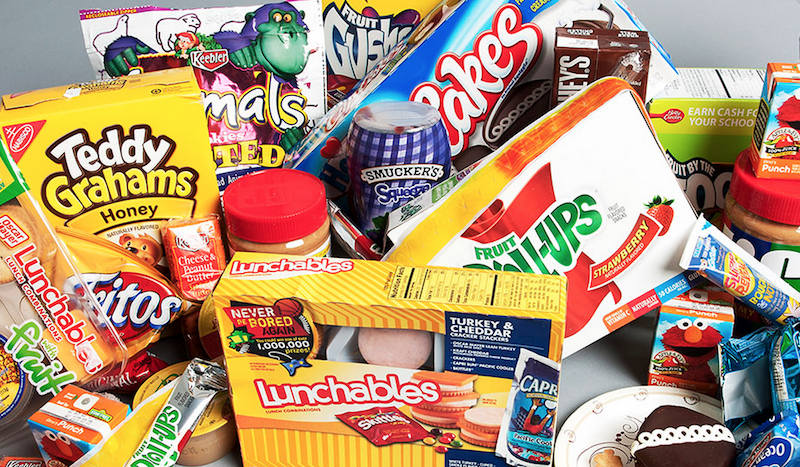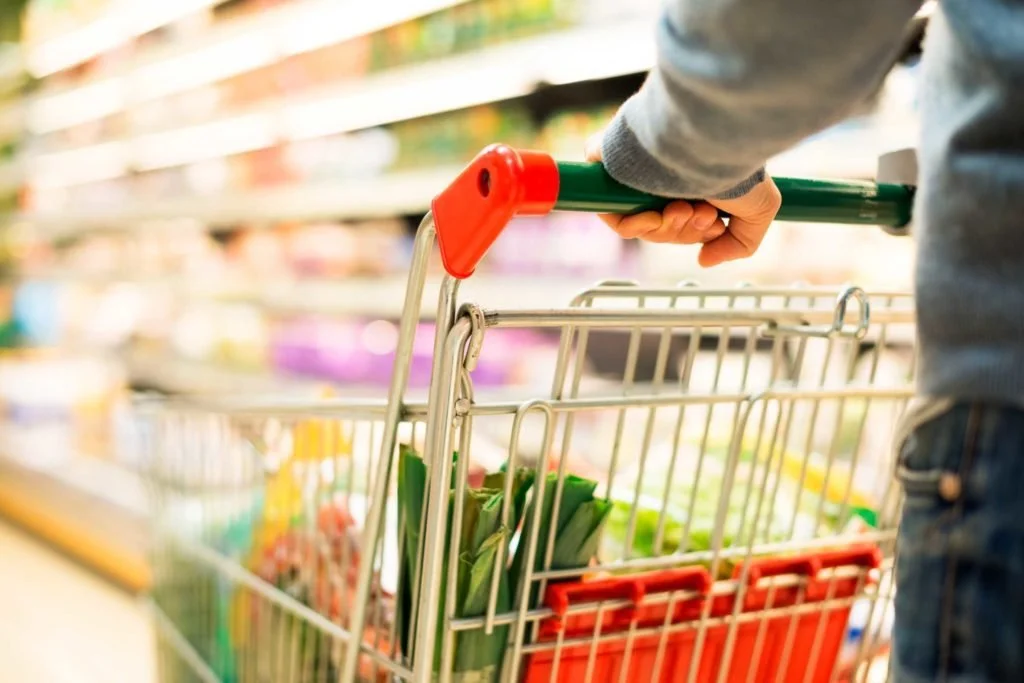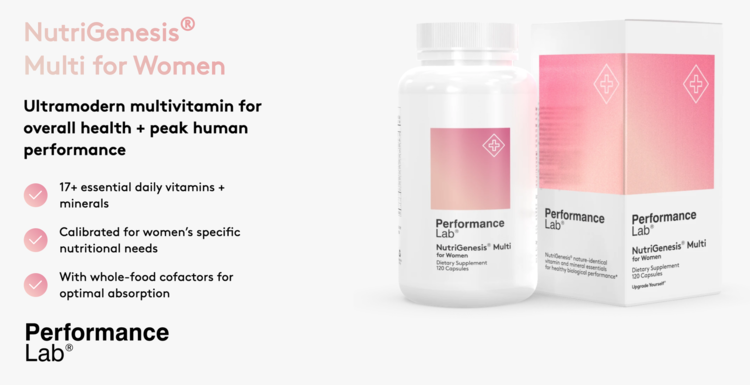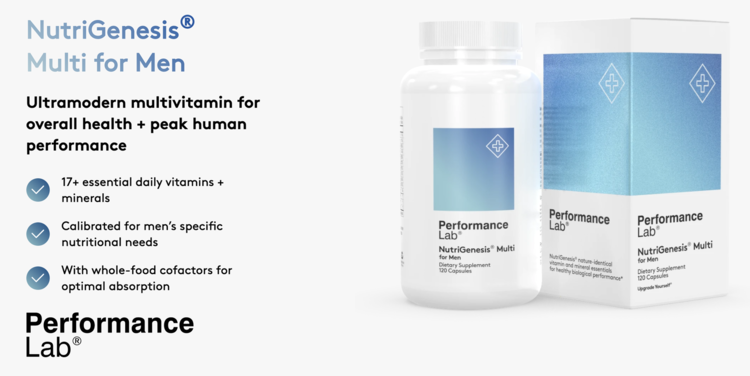Your essential guide to clean eating
By Martin Ebner
By now, you've probably heard the expression “clean eating” but what exactly is it? What are whole foods and what are the benefits? Here is your essential guide to eating clean.
What is clean eating?
Eating clean is not another fad diet. It's actually a very simple concept that focuses on consuming whole or “real foods” – those that are minimally processed or made from minimally processed ingredients, unrefined and mainly untouched in the journey from the food's origin to plate.
The benefits of clean eating
The benefits of eating a diet rich in real foods are boundless. Whole foods are loaded with essential vitamins and minerals that promote good health and reduce your risk of certain life-threatening illnesses such as; type 2 diabetes, cardiovascular disease and high blood pressure.
Eating clean can also help reduce inflammation, improve gut health, boost your energy and mood and give your hair and skin a natural glow.
What are processed foods?
Foods that have any sort of additives – salt, sugar and fats that aid flavour and/or alter how the food feels in your mouth, preservatives that increase shelf live and anything vitamin enriched.
Modifying the form of the natural food. For example, processing berries into Jam or removing the bran and germ from whole grains to create refined bread and pasta.
Foods with lab manufactured components. Unfortunately, of which there are many!
Is all processed food bad?
The short answer is no. Many natural foods contain toxins or bacteria that we can't ingest without a little processing. Freezing and canning products for example, allows us to enjoy them offseason.
While it's near impossible to avoid all processed foods, there's a big difference between mildly processed foods and highly processed ones. Anything that looks like it was created in a lab - frozen pizzas, pop tarts and condiments that will literally last a lifetime are not the same as instant oats, canned tomatoes and unsweetened almond milk.
Clean foods
Fruits and vegetables.
Uncooked legumes - lentils, chickpeas, black beans, peas etc.
Nuts and seeds.
Farm-fresh eggs.
Herbs and spices.
Unrefined grains such as whole wheat bread and pasta, popcorn, oatmeal, brown rice, millet and quinoa.
Foods processed at their peak to maintain their quality and freshness - canned tomatoes, canned tuna, frozen fruit and vegetables.
Healthy oils - extra virgin and coconut oil.
Dairy products - milk, yogurt, cheese and milk (organic, whole, unsweetened and pasture raised).
Seafood (wild caught over farmed when possible).
Unprocessed meats - pork, beef, chicken and turkey (humanely raised).
Natural sweeteners - honey and 100% maple syrup
Drinks - Coffee, Tea, natural juice, water and a little wine and beer to keep you sane!
Be wary of the so-called “healthy” foods.
Low sodium, low fat, no trans fats, vitamin enriched, high fiber etc are just a few of the many highly processed foods being promoted as healthy. Instead of judging a book by its cover, or the packaging in this case, turn it over and read the ingredients list. In most countries, it's a legal obligation to list all of the ingredients in order of prominence. That means it's easy enough to spot a fraud.
Related: How to read food nutrition labels
How to Shop Clean
The best thing to do when shopping for whole foods is to ask yourself, where did this food come from? Eating clean doesn't mean you have to pick the vegetables straight from the ground or wait for the fruit to fall from the tree. Have a look at the ingredients. As a general rule, if the product in question has more than 5 ingredients, put it back on the shelf and look for a more natural alternative.
Depending on where you shop, most supermarkets have real foods around the perimeter of the store. If you must dive into the centre isles, just make sure to make it fast and fill up the majority of your shopping trolley before you do.
Related: 15 superfoods you should be eating
How to Cook Clean
Cooking alters the state of your food but this doesn't mean you have to eat everything raw. While some nutrients like vitamin C are lost during long periods of cooking, other nutrients like lycopene become more prominent.
When cooking, focus on maintaining the integrity of the foods by avoiding high-fat cooking methods such as deep-frying (Sorry Scotland) or using vegetable or animal fats.
The best cooking methods to help preserve the nutrients and the integrity of the foods are steaming, boiling and lightly stir-frying.
Summary
We all know what healthy food looks like but while it's easy to say eat only food real foods, sometimes it's not so easy to put into practice.
The truth is there's no such thing as a perfect diet. However, by making a conscious effort to choose fresh foods over processed where possible, you can positively impact the way you look and feel and improve the duration and quality of your life by limiting the risk of heart disease, cancer, stroke and many other illnesses associated with poor dietary choices.
If you aren't sure where to start, don't try to change everything all once. Instead, make small but significant changes to your diet that with time will positively impact the way you think about food.

